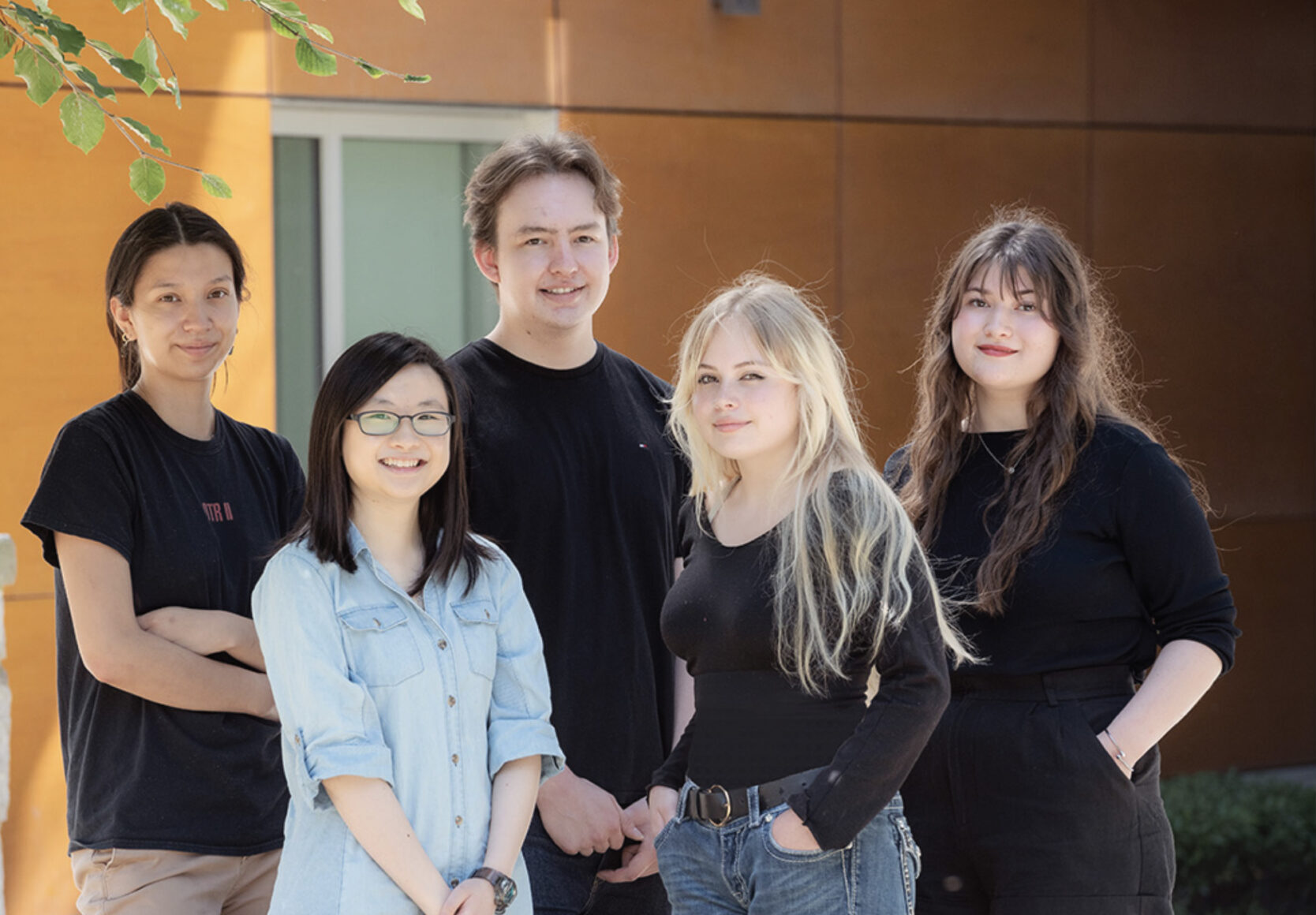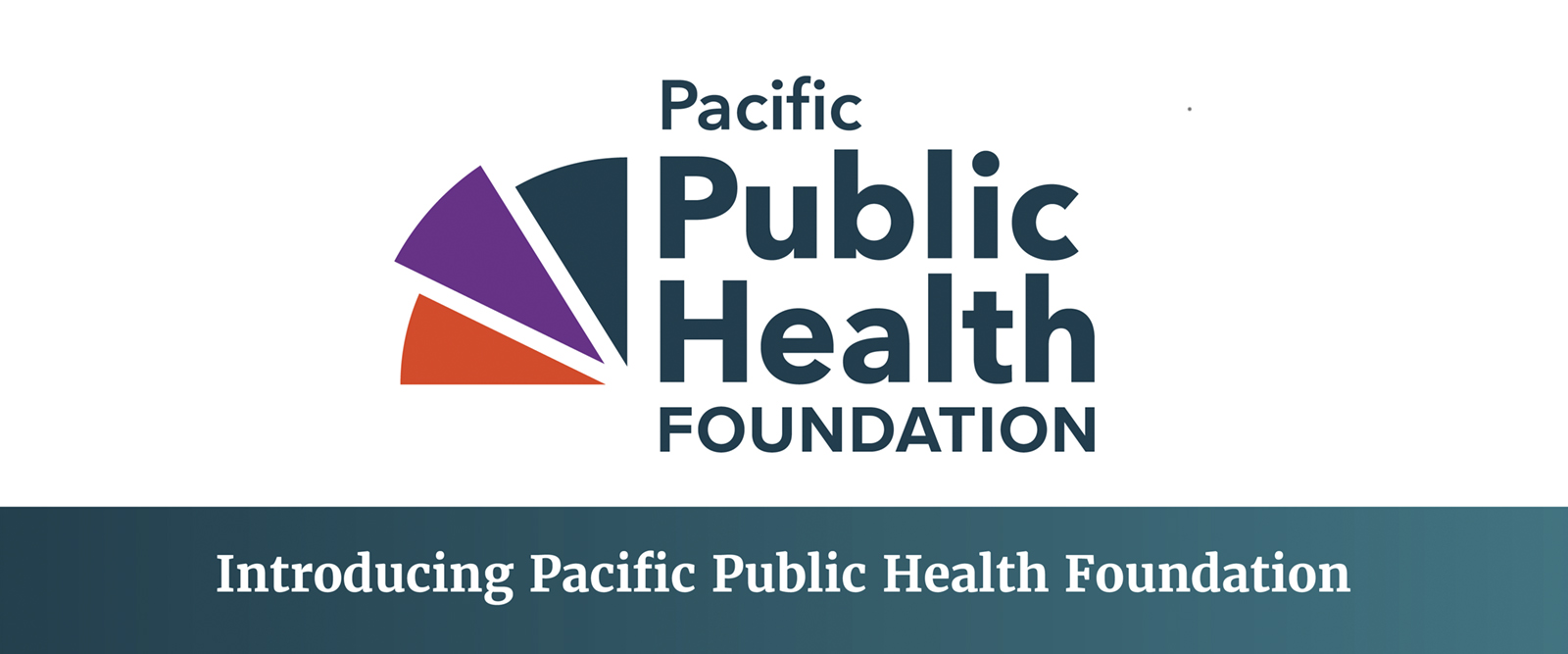Guest post by Dr Travis Salway
Assistant Professor, Health Sciences, Simon Fraser University
Affiliated Researcher, BC Centre for Disease Control and Centre for Gender and Sexual Health Equity
When I was a teenager, I did my best to hide the fact that I was gay. I had a girlfriend and a buzzcut and avoided talking about topics that would raise the subject of sexuality. I was fortunate to have not attended ‘conversion therapy’, but looking back on it now, I’m not sure I would’ve passed up the opportunity had it been presented to me as an option.
‘Conversion therapy’ is a misnomer applied to practices that start from the premise that any sexual orientation other than heterosexual and any gender identity other than cisgender should be denied and suppressed, rather than affirmed and supported. These practices include things like pseudoscientific forms of psychotherapy, aversion or shock therapy, religious teachings, behavioral coaching, and delaying access to gender-affirming care.
And yes, they are still happening, in Canada, today.
My own experiences of societal norms, attitudes and sexuality have always driven my public health research. My doctoral research was on estimating rates of suicide among gay and bisexual men–and understanding why these rates are so high. In the spring of 2019, I was invited to make a statement before the House of Commons Standing Committee on Health, in support of their historic study on The Health of LGBTQIA2 Communities in Canada. When I asked the Committee policy analysts what they wanted to know, they said they understood that rates of suicide were unacceptably high in queer and trans communities, but they want to know what the federal government can do about it.
The federal government had just reviewed a petition from MP Sheri Benson to ban conversion therapy for minors in Canada. The petition had 18,200 signatures from across the country, signalling a strong desire among Canadians to end these practices. (in fact, a national poll conducted this year found that 58% of Canadians support a ban on conversion therapy.) The government responded by acknowledging that conversion therapy does not reflect the values of Canadians, or those of the federal government; however the petition was rejected on the basis that “this issue primarily implicates the regulation of the health profession, which is a provincial and territorial responsibility.” I responded by challenging the assumptions of the federal government’s rejection, specifically that the denouncement of conversion therapy by more than 49 health organizations has to-date not brought an end to conversion therapy. Therefore, more action is needed, at all levels of government.
MPs at the Committee hearing had no shortage of questions for me about what a federal ban on conversion therapy should look like. Ron McKinnon (Coquitlam-Port Coquitlam) asked, “first, I’d like to understand who is performing conversion therapy?…are these people doing this for hire or for profit?” He also wanted to know–acknowledging my statement that some people are taken to conversion therapy against their will–“who gets compelled [to attend conversion therapy], and how are they compelled?”
Don Davies (Vancouver Kingsway) asked, “in your view, does this answer [the federal government’s response to Benson’s petition] satisfy you, or would you like to see an explicit Criminal Code provision to ban conversion therapy?” Robert-Falcon Ouellette (Winnipeg Centre) wondered, “how many kids go out of the country [for conversion therapy]?”
My answers to these questions are limited by the scarcity of research on the topic in Canada. Therefore, I have spent much of the past year talking with conversion therapy survivors. In November, I convened a group of 31 survivors, community leaders, researchers, healthcare providers, religious leaders, and policy analysts to set the stage for research to better describe the prevalence and nature of conversion therapy (also known as SOGIECE, sexual orientation and gender identity and expression change efforts) in Canada, as well as the health and social service needs of survivors. In January 2020, we will begin in-depth interviews with survivors from across the country. Leaders of at least two of the federal parties have made election commitments to banning the practices. The policy-action iron is hot, and we are moving quickly to ensure that policy-makers have the data they need to enact effective policies.
Talking with survivors has helped me appreciate the scope and severity of ongoing conversion therapy practices in Canada. What could have been a reality for me–growing up in fear of society’s attitude toward my own sexual orientation–remains a threat for tens of thousands of Canadians. I hid my sexuality throughout my teenage years, and thereby averted opportunities for conversion therapy to be presented to me. Today, LGBTQ2 people are coming out at younger ages. While this is undoubtedly a sign of social progress, it also means that youth may be more vulnerable to conversion therapy because they are more visible than the LGBTQ2 youth of my generation were.
Conversion therapy practices are inhumane. They lead to years of psychological distress, and inhibit our ability to lead self-affirmed and self-actualized lives. In some cases, survivors have told me that they lost their ability to work and form relationships. Canadian youth deserve the opportunities to grow up confidently knowing that their sexual orientations, gender identities, and gender expressions will be celebrated and supported. Achieving this vision of a fully LGBTQ2-affirming country requires empirical descriptions of ongoing conversion therapy practices that will in turn enable us to end conversion therapy, once and for all.
If you want to support Travis’ work, make a tax-deductible gift to our crowdfunding campaign before December 31st. Donations will support his work in conducting research on conversion therapy and ensuring that LGBTQ2+ youth are protected from these inhuman practices.



